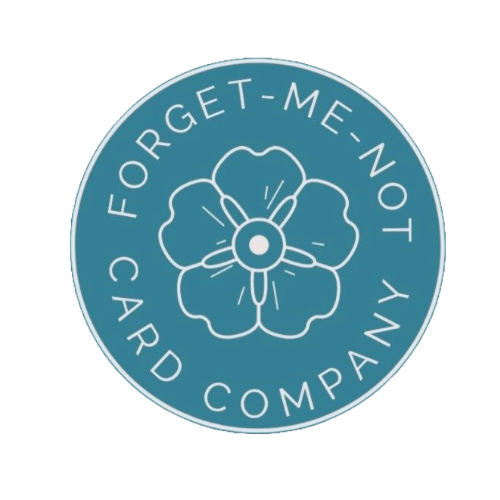Ink Blending
Good day, fellow crafters. Today, I'm excited to share my latest experiments with a new set of dies from my collection. Additionally, I'm also exploring ink blending and the creation of shadowing for raised sentiments. I can't wait to show you what I've been working on, and I hope you'll enjoy it too!
To create this card, I stepped out of my comfort zone and tried the Honey Bee Octagonal die-cut set. Its honeycomb cell-like appearance inspired me to come up with new ideas for future cards while using it. Initially, I used the dies of different sizes to shape the A2 Vanilla card base, as well as the Black and Toffee mats and then assembled them. To add more visual interest to the card, I rotated the Toffee cardstock 1/8th of a turn to create a secondary focal point that would draw the viewer's eye around the design.
To create the main focal point of my design, I started with a piece of White cardstock and utilized Altenew's Layered Dahlia layering and Background stencil set. As the name suggests, this layering set comprises multiple layers. I began by using the background petals layer of the stencil and masking off the areas that I didn't want to color. Then, using a blending brush, I applied Peach Perfect ink over the stencil to complete the flowers. Next, I repeated the same method with FireFly Green for the leaves, followed by Carmel Toffee for the darker part of the flower and Shadow Creek Green for the darker portion of the leaves. I then completed the background by outlining with a Sharpie and coloring in the background with a Black Copic marker. and adhered it to the card base.
Altenew Crisp Ink selection for this project
To create the sentiment I choose the Hello die from the Altenew Bold Greeting die-set. After cutting out the word four times, I double-stacked them on top of each other to add dimension and depth to the sentiment. However, to make the sentiment even more eye-catching, I decided to create a shadow effect. To achieve this, I slightly offset the top die-cut layer and adhered it to the bottom layer, creating a slight shadow behind the word. This simple technique added a subtle yet effective touch to the overall design, enhancing the visual impact of the sentiment.






